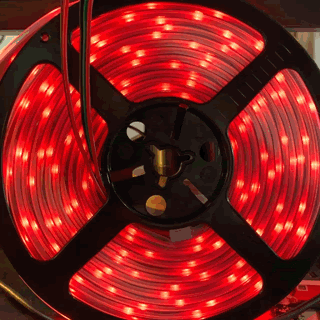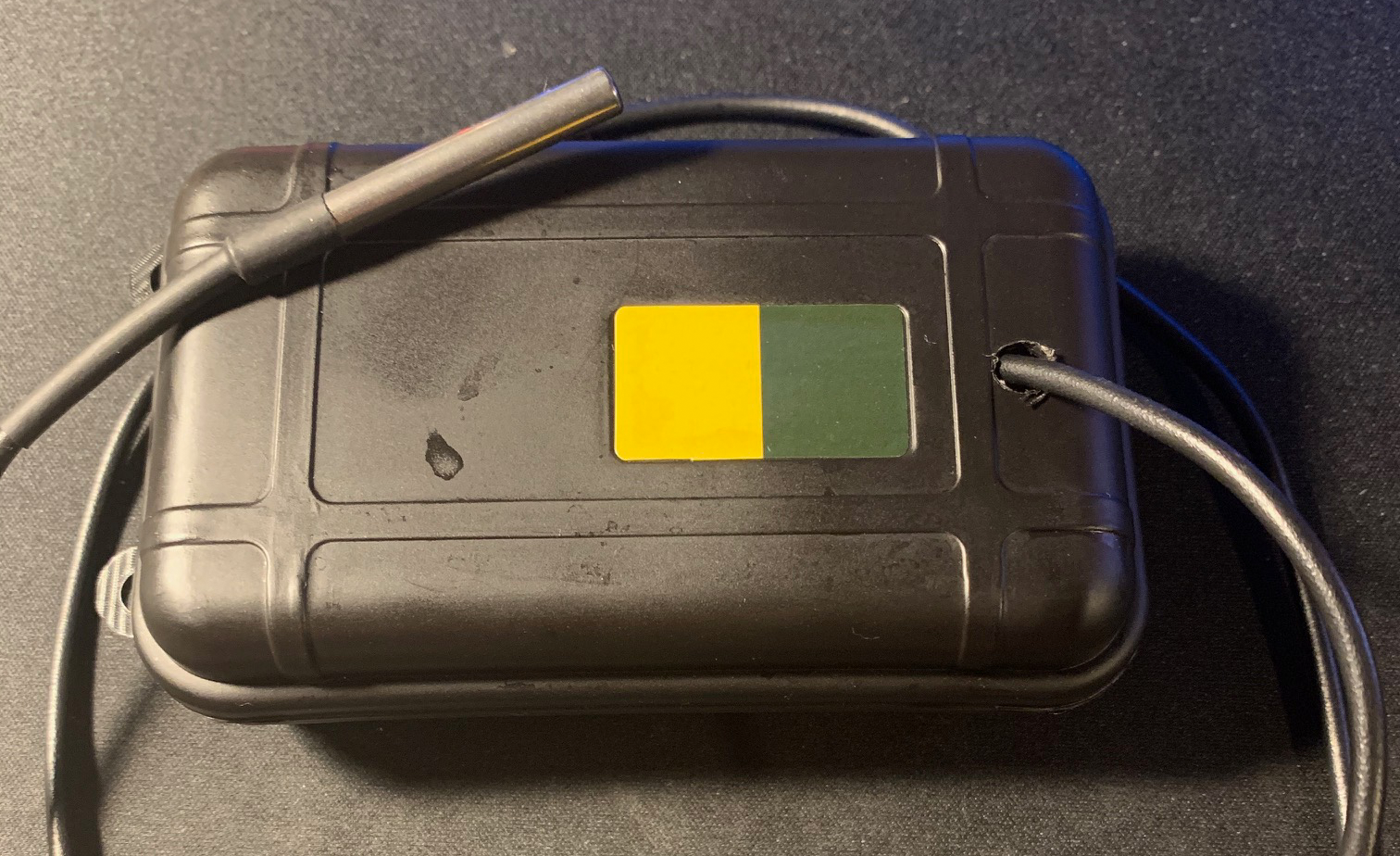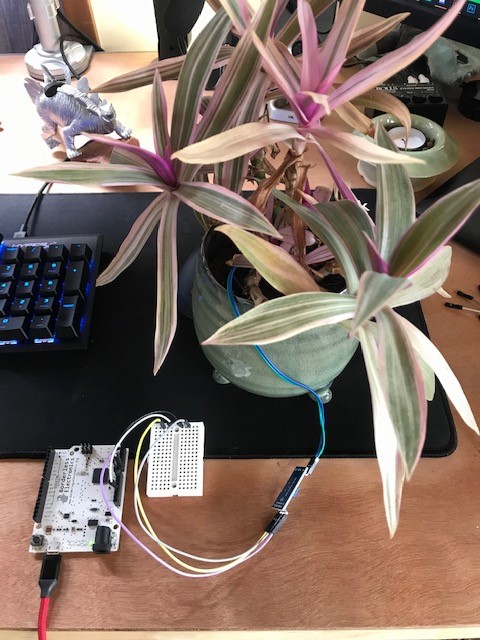What I did
Tech
Started F1 Telemetry Streaming project
- stream data from F1 game -> nodejs UDP server
- nodejs publishes to Ably (pub/sub PaaS)
- twitch extension subscribes to messages from Ably and displays them
- issues: CSP for twitch extensions and loading external JS
Built a edge detection demo for auditing results of manual data labelling.
- Used scale.com results
- Cropped bounding box images from the original image
- Detected edges in the image by applying a convolution matrix.
- Determined if there was useful information in the image by counting values of edge pixels.
Original:

Edge Detected:

House
- Cleaned off deck
- Prep for shower build
What I’m gonna do
- Writeup for F1 Streaming project
- Work on F1 Telemetry Twitch Extension
- Start with web app portion




